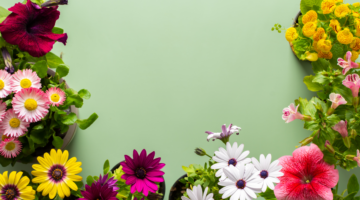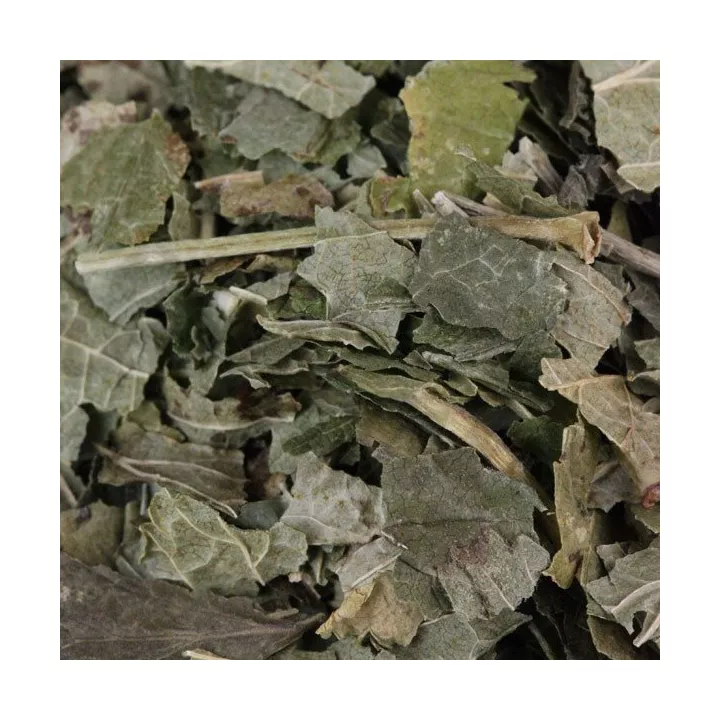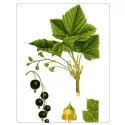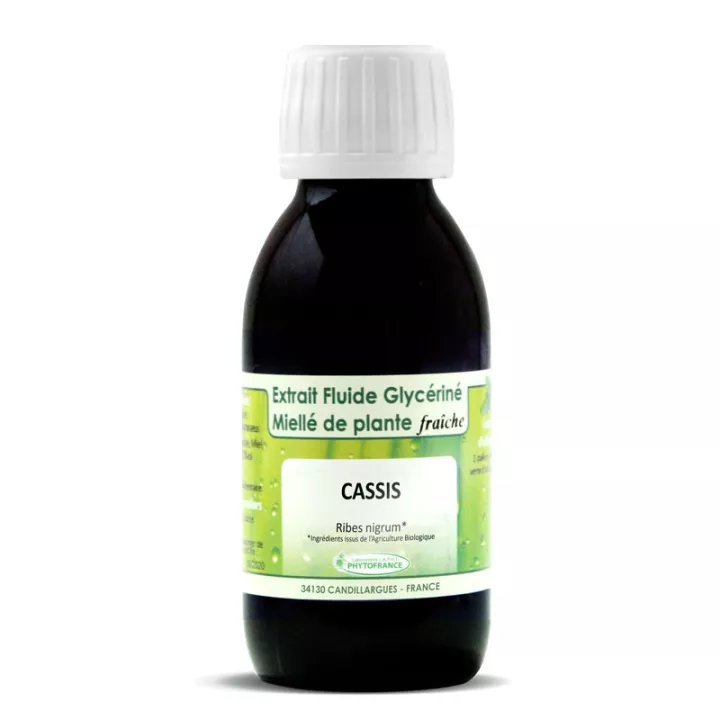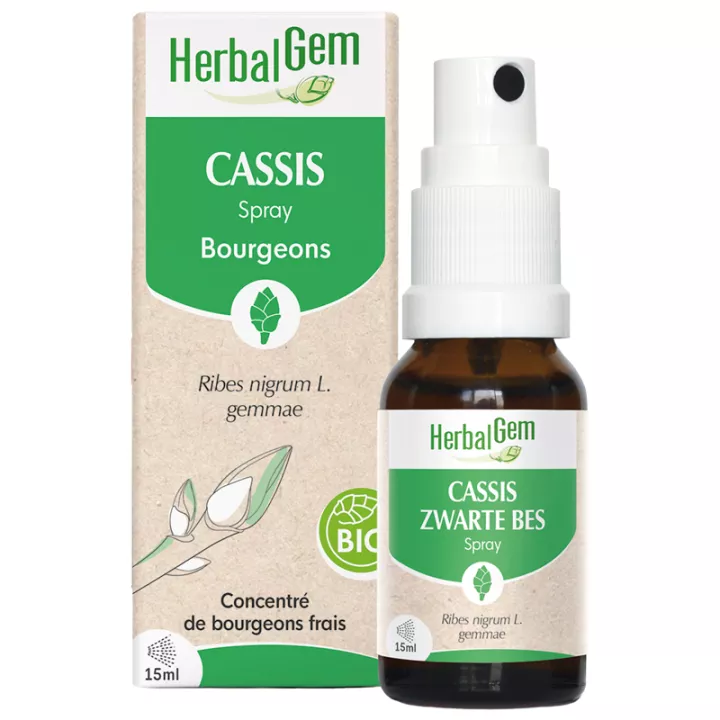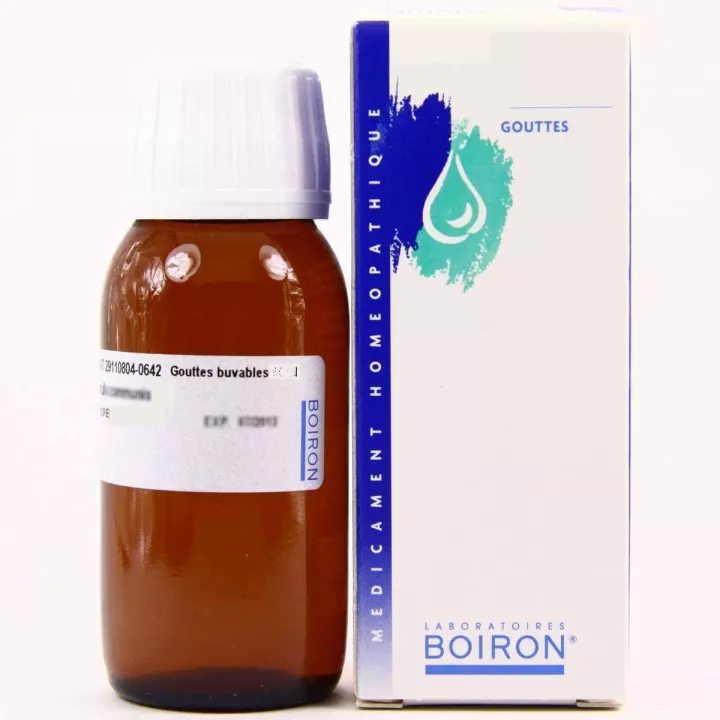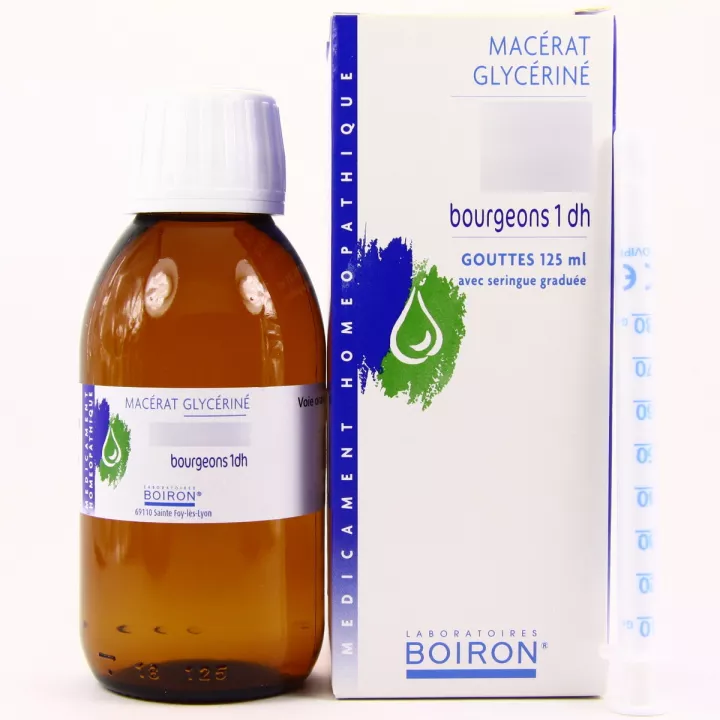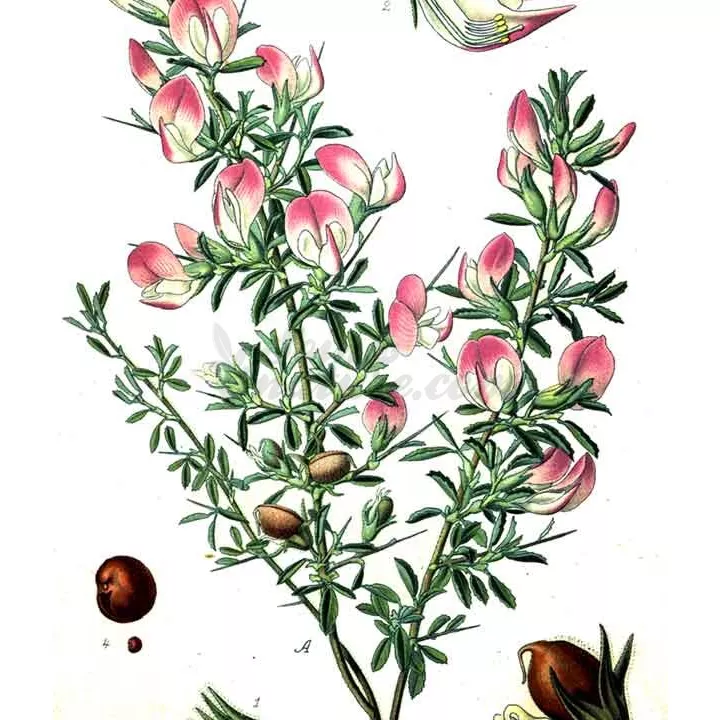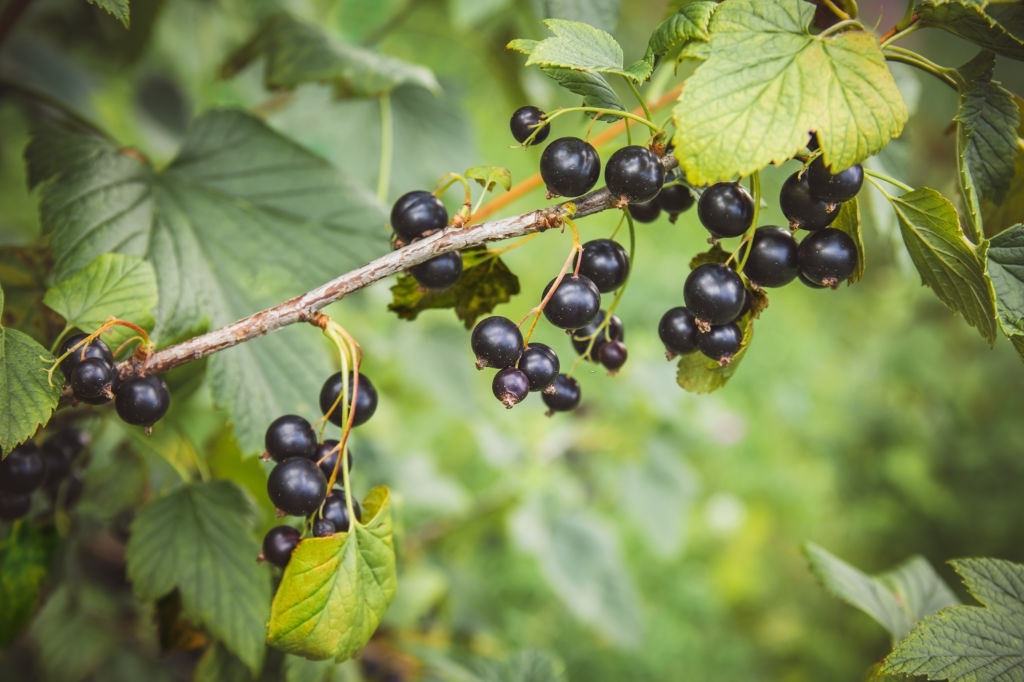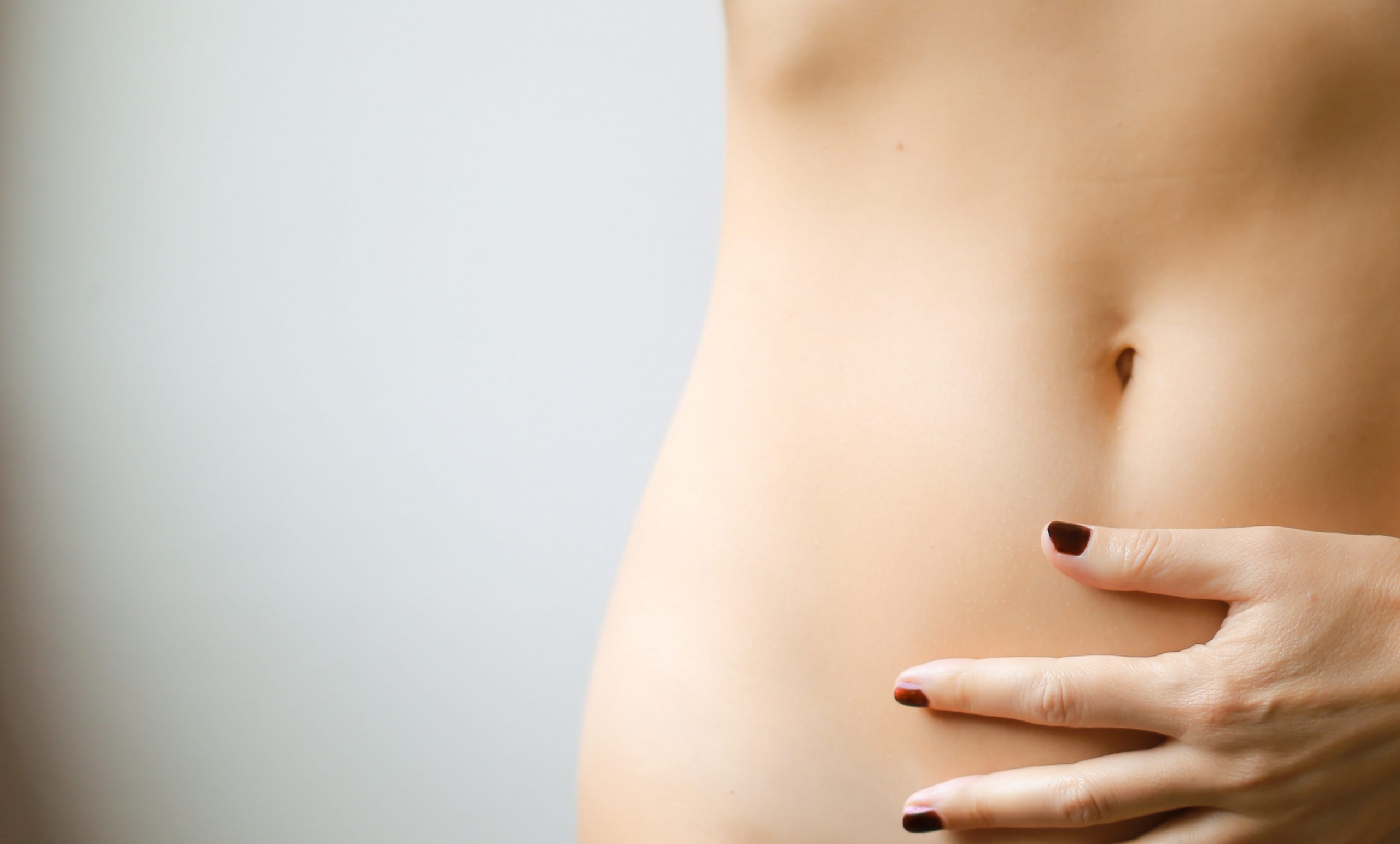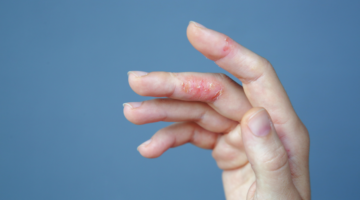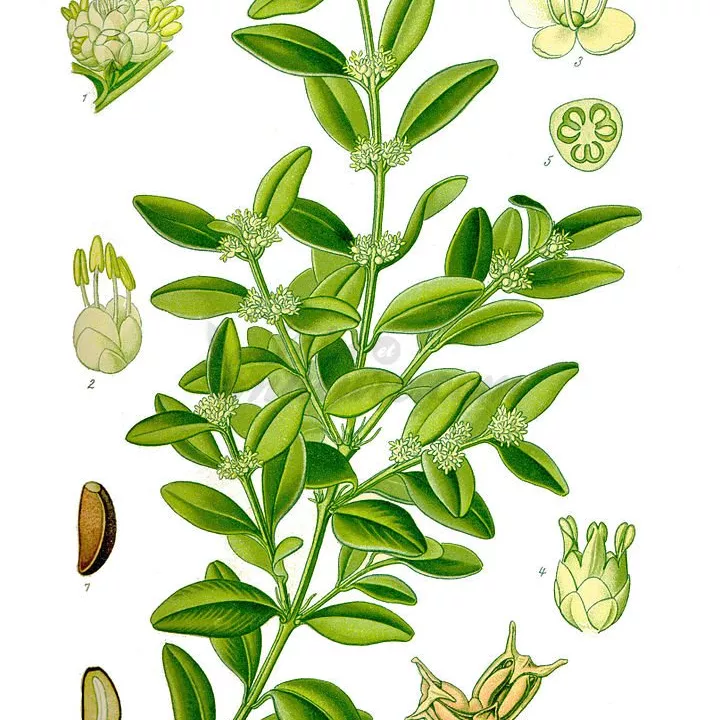What is Cassis Feuille Iphym Herboristerie Ribes nigrum used for?
Cassis Feuille Iphym Herboristerie Ribes nigrum is an exceptional natural product with multiple health benefits. Used for centuries in phytotherapy, blackcurrant is renowned for its diuretic properties and its ability to treat joint pain associated with osteoarthritis. The leaves and fruit of this shrub, native to Europe, are renowned for their effectiveness in relieving venous circulation problems and improving joint comfort.
Blackcurrant leaves, in particular, contain anthocyanosides, compounds with vitamin P -like properties that protect blood vessels and promote better circulation. They are also rich in flavonoids such as quercetol and kaempferol, known for their anti-inflammatory effects. These compounds help reduce inflammation in the joints, bringing significant relief to people suffering from rheumatism or other inflammatory conditions.
Blackcurrant leaves are also known for their positive action on venous circulation. They promote the elimination of excess water from the body, helping to reduce the sensation of heavy legs and the appearance of swelling associated with poor circulation. Thanks to their diuretic properties, blackcurrant leaves increase urine production, facilitating the elimination of toxins and contributing to better circulatory comfort.
Although the European health authorities (EFSA) have restricted certain claims relating to blackcurrant's benefits for venous health, its traditional use remains widely recognized. People suffering from water retention or capillary fragility often find blackcurrant leaves an invaluable ally in alleviating these discomforts.
For those suffering fromosteoarthritis or rheumatism, blackcurrant leaves offer effective natural support. Their active compounds, such as flavonoids and anthocyanins, possess anti-inflammatory properties that help reduce pain and improve joint mobility. In addition, blackcurrant seed oil, rich in gamma-linolenic acids, helps to soothe inflammation and improve joint flexibility.
The anti-inflammatory effects of blackcurrant leaves have also been observed in preliminary animal studies, showing a significant reduction in symptoms linked to chronic inflammatory pathologies. Although these effects have yet to be fully confirmed in humans, traditional use and positive feedback from users testify to the effectiveness of this natural product in supporting joint health.
By incorporating blackcurrant leaves into your daily routine, you can benefit from natural support to improve your vitality and general well-being. This product is particularly recommended for people wishing to boost their immunity in a gentle, natural way, as a complement to a balanced diet and healthy lifestyle.
Blackcurrant leaves are also rich in antioxidants, compounds that help protect cells against damage caused by free radicals. By reducing oxidative stress, blackcurrant leaves can help prevent premature aging, protect the skin and reduce the risk of chronic diseases such as heart disease and certain cancers. Their antioxidant action makes them an ideal supplement for anyone seeking to maintain radiant skin and combat the signs of aging.
Iphym also offers Centaurée Plante Coupée at the best price in our online pharmacy.
How to use this plant?
The usual dose is 20 to 50 g of dried plant infused in half a liter of water, drunk throughout the day. To reap the full benefits of blackcurrant leaves, it's best to prepare an infusion by pouring boiling water over the dried leaves and infusing for 10 to 15 minutes. You can consume this preparation throughout the day, preferably outside mealtimes, to maximize absorption of the active ingredients.
Give your opinion on the use and dosage of Cassis Feuille Iphym Herboristerie Ribes nigrum with our partner Verified opinions after your purchase.
Precautions for use
No formal contraindications have been reported for blackcurrant. However, people suffering from heart or kidney failure should consult a doctor before using this product. Blackcurrant leaves should not be used therapeutically during pregnancy or breastfeeding, or by children under 18. If in doubt, always seek the advice of a health professional.
What does it contain?
Blackcurrant(Ribes nigrum) Cut leaf from the IPHYM laboratory, on sale in our online herbalist shop. Its leaves are traditionally used to treat joint pain and stimulate elimination functions.
- Latin name: Ribes nigrum L. ribes comes from the Danish ribs, "gooseberry"; and nigrum "black", because of the color of its fruit.
- Synonyms: black currant, cassissier
- Family: ribesiaceae family, Grossulariaceae
- Characteristics: This shrub is found in Central Europe, where it is cultivated in clayey-siliceous-limestone soils. Leaves are multi-lobed, codiform, toothed and hairy.
Packaging
Size: 50 g, 100 g, 250 g or 1 kg.
